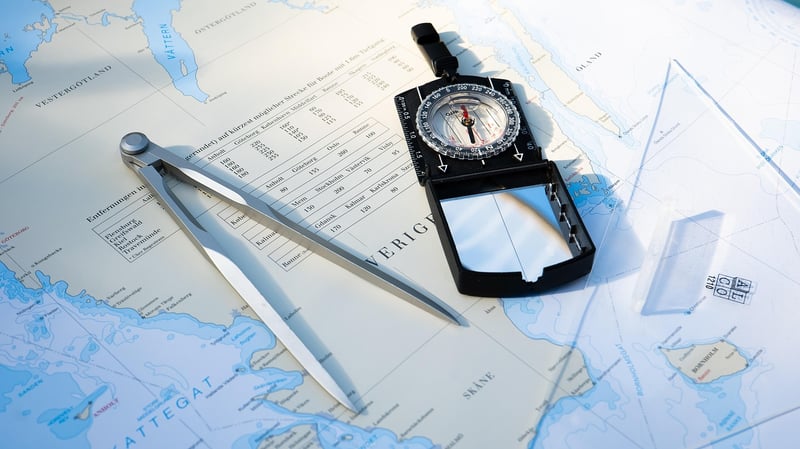Astro-Navigation Tools
Equipping for Deep Space Exploration: A Guide to Astro-Navigation Tools
Embarking on a journey into deep space is a thrilling yet challenging endeavor that requires careful preparation and the right tools. Astro-navigation tools play a crucial role in guiding spacecraft through the vastness of space, ensuring accurate positioning and course corrections. In this guide, we will explore some essential astro-navigation tools that are indispensable for deep space exploration.
Sextant

A sextant is a precision instrument used for measuring the angles between celestial objects and the horizon. In deep space where GPS signals are unavailable, sextants provide a reliable method for determining a spacecraft's position relative to the stars. By measuring the altitude of celestial bodies such as stars or planets, astronauts can calculate their exact location in space.
Celestial Sphere

The celestial sphere is an imaginary sphere surrounding the Earth, on which all celestial objects appear to be located. Astro-navigators use celestial spheres to visualize the positions of stars and planets relative to Earth's coordinates. By understanding the celestial sphere's movements, astronauts can navigate accurately by tracking the apparent motion of celestial bodies.
Star Charts

Star charts are maps of the night sky that display the positions of stars, constellations, and other celestial objects. These charts are essential for astro-navigators to identify and locate specific stars for navigation purposes. By referencing star charts, astronauts can determine their orientation and course based on the positions of visible stars in deep space.
Radio Telescopes

Radio telescopes are instruments that detect radio waves emitted by celestial objects in space. These telescopes are used to study distant galaxies, stars, and other astronomical phenomena. In deep space exploration, radio telescopes can provide valuable data for navigation by detecting signals from known celestial sources and confirming the spacecraft's position relative to those sources.
Conclusion
Equipping for deep space exploration requires a combination of advanced technology and traditional navigation methods. Astro-navigation tools such as sextants, celestial spheres, star charts, and radio telescopes are essential for ensuring precise navigation and orientation in the vastness of space. By leveraging these tools, astronauts can navigate safely and accurately on their journey to explore the mysteries of the cosmos.
Prepare yourself with the right tools and embark on a voyage beyond our wildest dreams!
